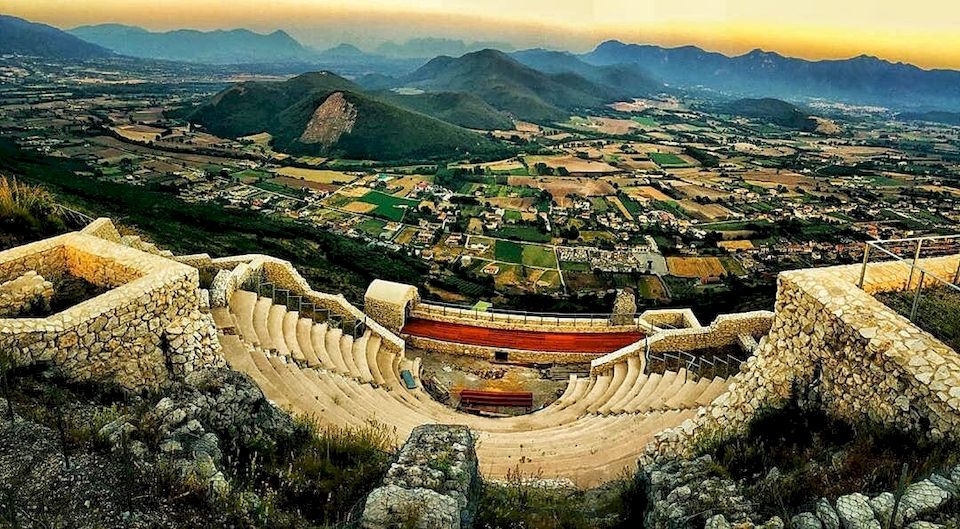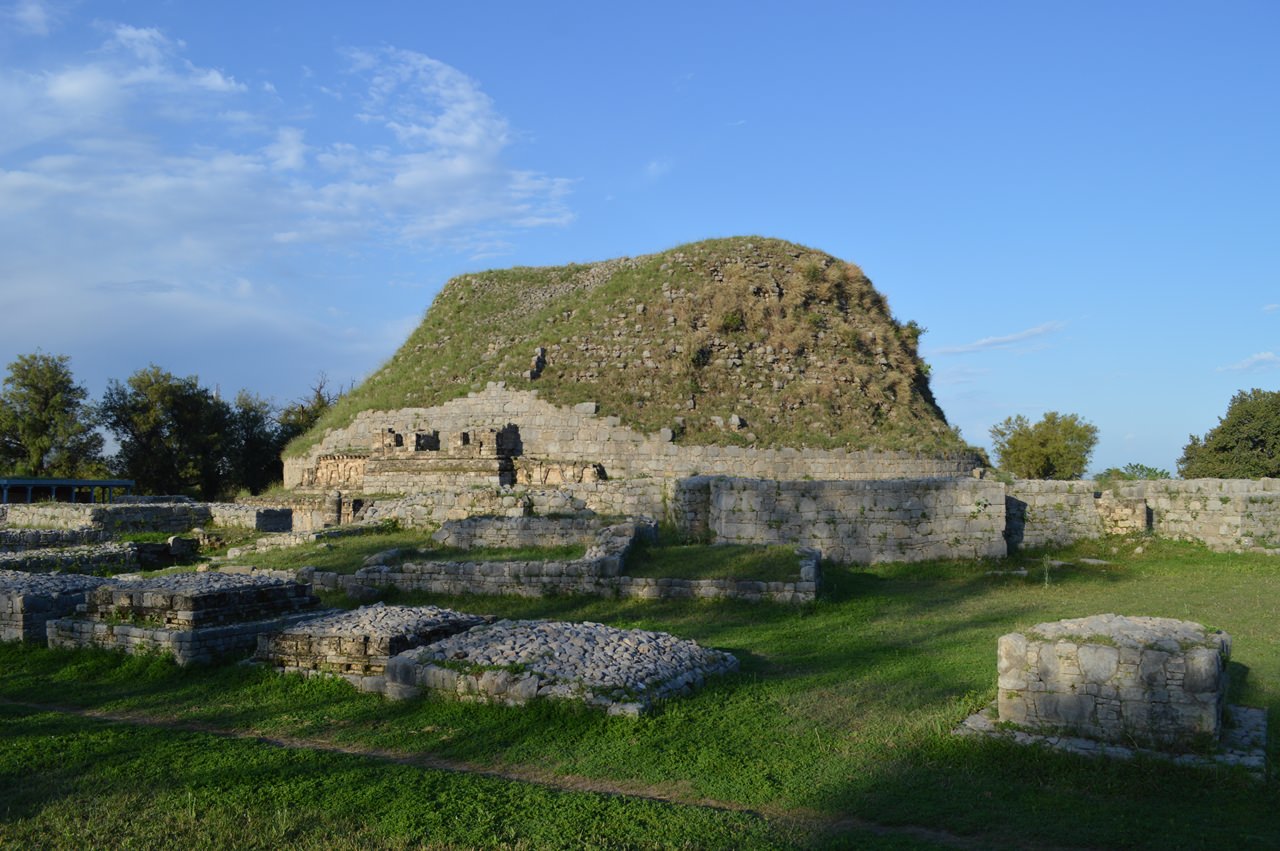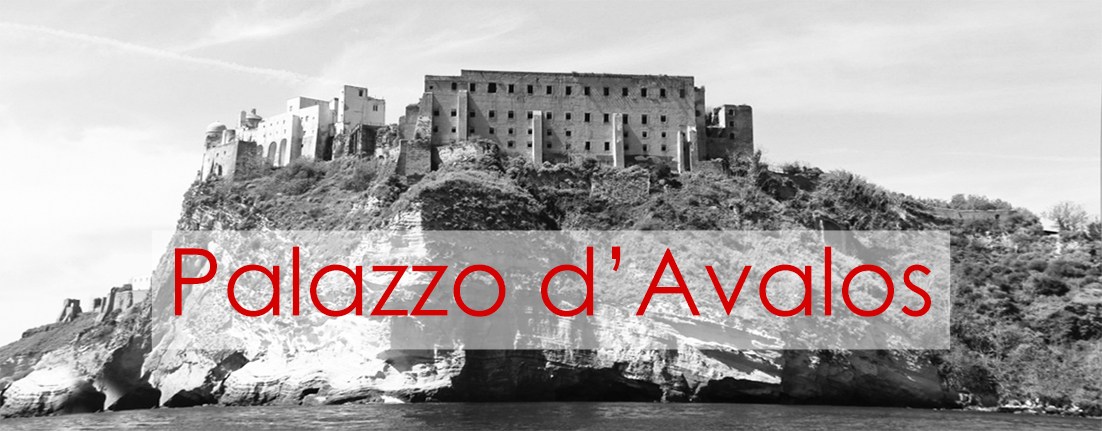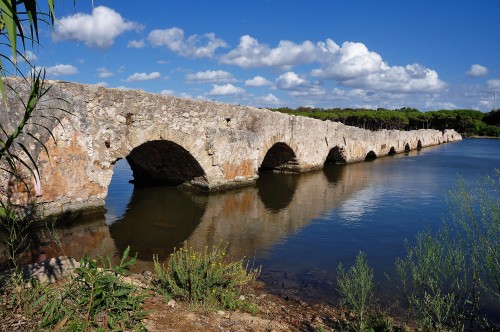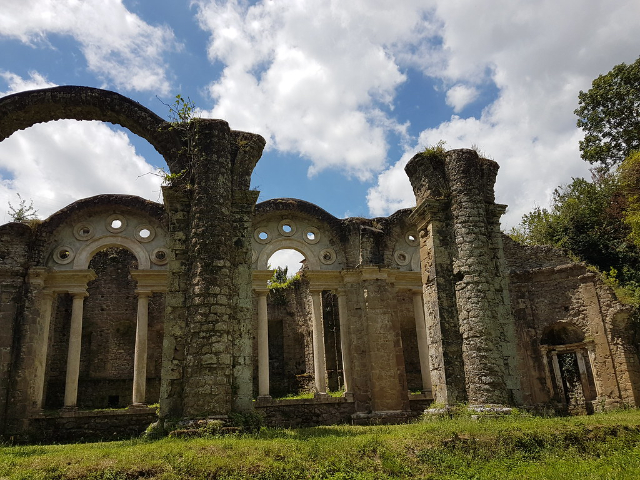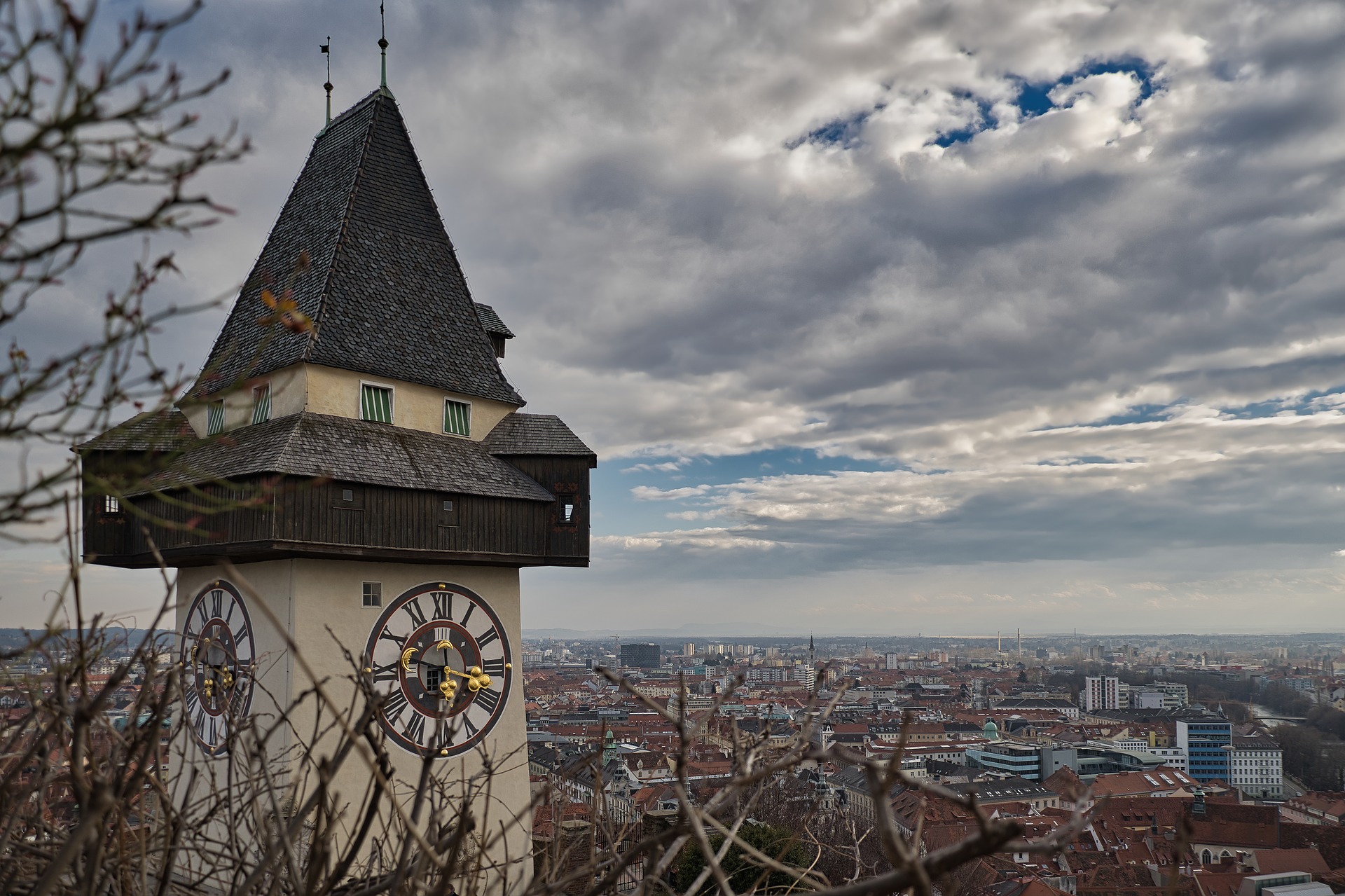It is incredible to think that, until its discovery in 2000, behind the small village of Pietravairano (CE) was hidden a Roman theater so beautiful that it brings to mind the breathtaking scenery of Taormina.The Temple Theater ties its rebirth to a name and surname: Nicolino Lombardi, a school director and historian with a particular passion for flying.
It was a cold morning in February 2000 and, at a time when photographic drones were imaginable only in science fiction, the good professor Lombardi decided to fly over the hills of the ancient Norman village of Pietravairano. Since his university days he dreamed of being able to make a historical find one day. He felt it, he looked for it, he wished for it. "I made a lot of mistakes, but I kept looking. And I found it behind the house," he said.
At the height of Monte San Nicola, that’s the name of the temple hill, he noticed that something didn’t add up. There were white stones arranged in a semicircular way, too peculiar to be a simple quirk of nature. He photographed the scene, then decided to study it in depth.
This was one of those scenes where the heart seemed to rise almost into the throat. He had hit the jackpot. After hundreds of flights, reconnaissance, photos and research, there it was: those walls were the remains of a Roman temple theatre abandoned for 2000 years. And the third millennium could not have been inaugurated in a better way if not with an epoch-making discovery.The structure, in the time of the ancient Romans, had to give back wonderful emotions: San Nicola, with its 410 meters high, is a perfect place to see the entire province of Medio-Volturno, with its fields and its emerald green nature.
It was built around the first century AD. The road to reach it is not at all recommended for the weak of breath and people who suffer from heat.
The path is in fact quite inaccessible and in summer is full of foliage and plants that hinder the passage. In half an hour’s walk, however, you can climb to the top of Monte San Nicola.
From there, every effort vanishes and is rewarded with a view that requires no words, if not the emotion that the only photograph can arouse.
